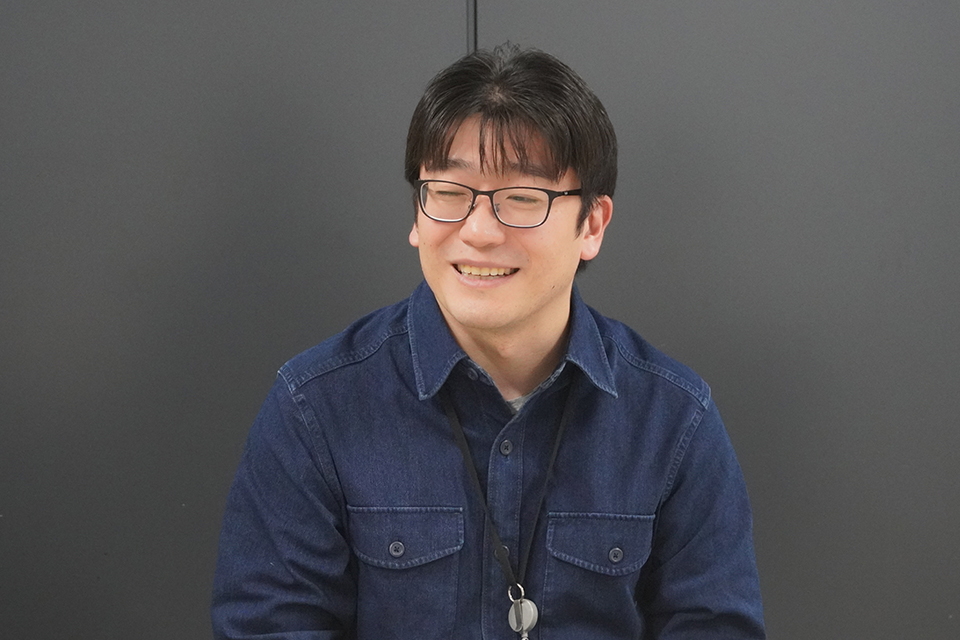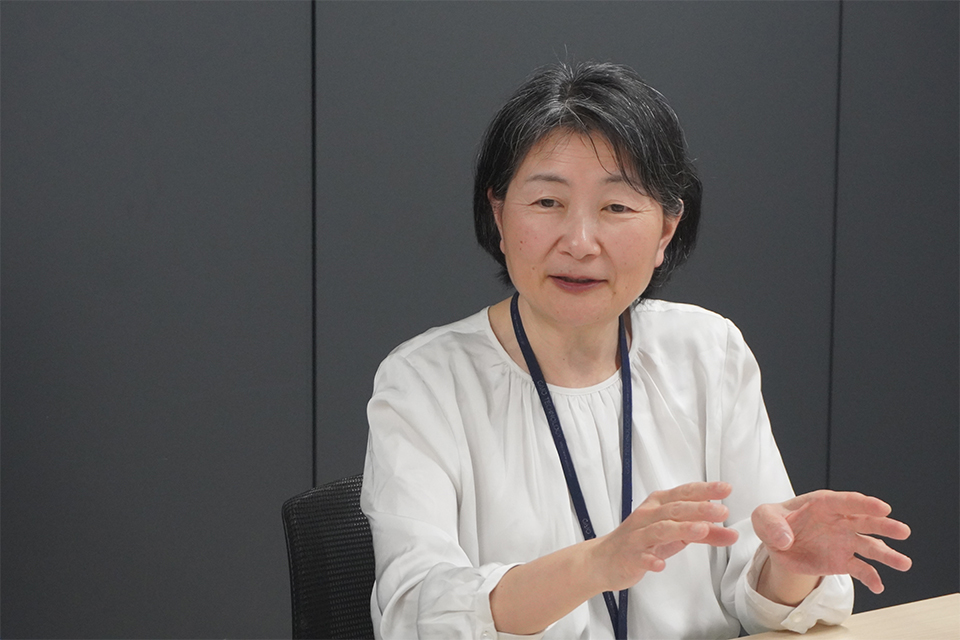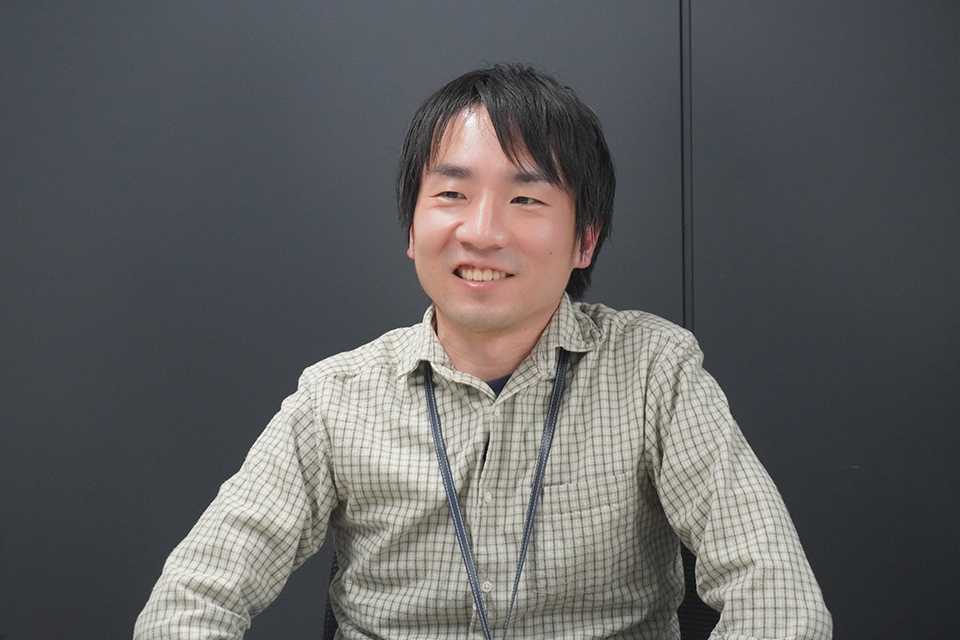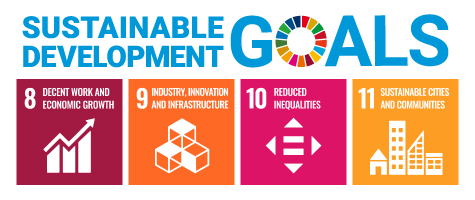Researcher Interviews
Diverse researchers unite! - The development story of Fujitsu Kozuchi, a cutting-edge AI Platform
JapaneseAI technology has already made remarkable progress and is expected to be utilized in a wide variety of fields such as manufacturing, retail, finance, and healthcare. However, implementing AI is not easy, and many companies face challenges when it comes to its operation. These challenges include a lack of opportunities to verify the effectiveness of AI technology, as well as a shortage of personnel with the relevant AI technology knowledge and skills. Fujitsu has been working to find a way to resolve these challenges, resulting in the release of Fujitsu Kozuchi (R&D) (hereinafter referred to as Fujitsu Kozuchi), a platform that allows users to experiment with advanced AI technologies and, importantly, matches AI technologies to specific tasks to help customers quickly find solutions to their challenges. This enables rapid technology verification, improves the productivity and creativity of customers' businesses, and supports problem-solving. In this article, we interviewed four development members involved in the development and operation of Fujitsu Kozuchi – talking to them about the background of the platform's release, its strengths, and challenges they encountered along the way in its development.
Published on March 26, 2025
RESEARCHERS
-

Tatsuo Kumano
Researcher
AI Innovation Core Project
Artificial Intelligence Laboratory
Fujitsu Research
Fujitsu Limited -

Asako Katayama
Researcher
AI Innovation Core Project
Artificial Intelligence Laboratory
Fujitsu Research
Fujitsu Limited -

Yasufumi Tochiori
Researcher
AI Innovation Core Project
Artificial Intelligence Laboratory
Fujitsu Research
Fujitsu Limited -

Tetsuya Uchiumi
Senior Research Manager
AI Innovation Core Project
Artificial Intelligence Laboratory
Fujitsu Research
Fujitsu Limited
Releasing Fujitsu Kozuchi: giving customers early access to cutting-edge AI technologies
What was the motivation behind the Fujitsu Kozuchi release?
Tetsuya:While many companies want to utilize AI technology fully, they face some major issues – there is a real shortage of opportunities to test advanced technologies and a shortage of personnel with the right AI knowledge and skills. Fujitsu Kozuchi was created to address these challenges directly. We provide AI technologies that meet the demands of specific tasks so customers can quickly find solutions to their business problems. Through this platform, even customers with only limited experience of using AI can quickly verify the technology. This helps AI improve customer productivity, enhance creativity, and brings new value to their businesses.
How has the provision of technology to customers changed since the release of Fujitsu Kozuchi?
Tetsuya:Previously, it was difficult to provide customers quickly with the cutting-edge technologies developed by our research laboratories and help them solve their problems. This was because we didn’t have a mechanism in place for providing customers with technologies that had no clear prospect of commercialization. However, this has changed thanks to the research laboratories’ motivation to enable customers to use the latest AI technology as fast as possible. With the creation of Fujitsu Kozuchi, we have now brought all of the AI research themes together, making it possible for customers rapidly to access to technologies that are still in the research stage.
Has creating an AI technology platform contributed to the efficiency of researchers' work?
Tetsuya:In addition to their main research activities, researchers are also responsible for incidental tasks such as creating technology demonstration videos and technical introduction materials. However, the more time they spend on these tasks, the less time they have for their core research activities. By building the Fujitsu Kozuchi platform, we have standardized the technology implementation procedures and delivery methods, enabling researchers to prepare technology demonstration videos and introductory materials efficiently. As a result, researchers can now devote more time to their research activities and quickly develop technologies that can solve customers' problems.
Tell us about the strengths and characteristics of Fujitsu Kozuchi.
Tetsuya:The key strength is that customers can try out Fujitsu's cutting-edge AI technologies at the earliest possible stage. The business world doesn't wait, so we believe it's important actively to try out and incorporate AI technologies into businesses, even before they are commercialized. Fujitsu Kozuchi offers a rich selection of over 50 advanced AI technologies and over 100 proof-of-concept trials have already been conducted with customers. No specialized knowledge is required to try out the technologies, so a wide range of customers, regardless of their experience with AI, can use them. We are continuously expanding the platform's functionality by incorporating feedback on the progress of AI technology and aiming to create new businesses through co-creation with our customers.
 Tetsuya leads the operation of Fujitsu Kozuchi
Tetsuya leads the operation of Fujitsu KozuchiBalancing speed, security, and cost
What were the challenges in releasing Fujitsu Kozuchi, and how did you overcome them?
Tatsuo:We needed to release the technology quickly, ensure security and control costs, and we struggled with the trade-offs between these requirements. In particular, we prioritized enhancing security. When customers use their own data to test the technology, we strictly manage the system to prevent it from mixing with other customers' data. Furthermore, we adopted server-side security measures compatible with virtual environments and mandated VPN connections (securely connecting to the internet via a virtual private network) as a preventative measure against unexpected attacks.
Asako:Releasing the technology required many internal procedures, such as compliance checks and name reviews, which are very time-consuming. To prevent disruption to the researchers' work, we created common Fujitsu Kozuchi documents and standardized templates for these procedures, creating an environment where researchers can focus on their research.
 Asako is responsible for developing the Fujitsu Kozuchi application process and security
Asako is responsible for developing the Fujitsu Kozuchi application process and securityWhat enabled you to release so many technologies on Fujitsu Kozuchi in such a short period?
Yasufumi:To provide users with prototype AI technology apps rapidly, we needed to simplify app development, which is outside the researchers' expertise, as well as meeting the requirements for each delivery method. As an app developer myself, I thought it would be useful to have app templates, so I prepared easy-to-use template code for developers. To meet the requirements for each delivery method, we first defined the delivery method types and then established templates and standardized app development procedures, enabling rapid technology delivery. We also chose Streamlit, a framework that allows anyone to create web apps easily with Python without specialized knowledge, thereby simplifying app development and making it accessible to many researchers.
Asako:Another reason is that this team is made up of members with diverse backgrounds, and each member complements the others' abilities. Tetsuya previously conducted research on automating and streamlining system operations using AI, Tatsuo has experience in business divisions, and I was a software engineer in the testing field. This team was assembled thanks to Fujitsu's career support system through internal posting. Each member is pursuing their own work objectives, employing various innovations. Even with the same task, there is a significant difference in motivation between being instructed to do something and doing work you have chosen yourself. I believe this personal motivation is why we were able to release so many technologies in such a short period.
 Yasufumi is responsible for standardizing app development
Yasufumi is responsible for standardizing app developmentExploring Fujitsu Kozuchi AI technologies with our researchers
Fujitsu Kozuchi incorporates numerous cutting-edge AI technologies developed by Fujitsu. Here, we introduce two of these technologies: Fujitsu Kozuchi AI Agent and Fujitsu Knowledge Graph Enhanced RAG for Root Cause Analysis.
Among the technologies released on Fujitsu Kozuchi, "Fujitsu Kozuchi AI Agent" in particular has attracted significant attention.
Tetsuya:With the advent of Large Language Models, AI agents have made remarkable progress, enabling AI to make decisions and execute tasks much like humans. Following this trend, "Fujitsu Kozuchi AI Agent" is an AI service where AI autonomously and collaboratively performs complex tasks with humans. By autonomously supporting user operations, it contributes to improved operational efficiency and productivity. While Fujitsu Kozuchi offers various AI technologies, this technology in particular aims to create a world where users can seamlessly benefit from the business transformations brought about by generative AI and AI agents.
If you are a user, which Fujitsu Kozuchi technology would you like to try?
Tatsuo:Personally, I'm interested in "Fujitsu Knowledge Graph Enhanced RAG for Root Cause Analysis," which is part of the Fujitsu Knowledge Graph Enhanced RAG technology series. Managing and operating IT systems is a constant battle against failures, and many people struggle with it. Finding the cause of a failure in a large and complex system is like searching for a needle in a haystack. This technology helps identify the root cause of system failures and suggests countermeasures based on system logs and past failure data. In the future, I envision an automated future where AI automatically identifies and addresses the root causes of failures, making operations much easier.
Where can people experience these technologies?
Yasufumi:We offer opportunities to experience these technologies through technology introduction demos and trials provided by Fujitsu. If you are interested, please contact us here. Furthermore, we can customize the technologies according to your needs and offer trials. In addition, some technologies are available for immediate testing on the Fujitsu Research Portal website, so please try it out.
 Tatsuo is responsible for infrastructure development
Tatsuo is responsible for infrastructure developmentWorking towards a universally accessible platform
What are your future plans for the Fujitsu Kozuchi?
Tatsuo: Fujitsu Kozuchi offers a wide range of technologies, but it can be difficult for users to determine which technology to select and how best to combine them for maximum value. Therefore, we aim to develop an AI-powered system that can select the optimal technology, analyze the effects and value of combining multiple technologies, and present the results clearly to users in natural language. We also anticipate using AI agents to automate application development. Before generative AI, even with APIs (*1), creating a usable application with a GUI (*2) was a complex process. However, thanks to significant advancements in generative AI, we can now automatically generate GUIs simply by specifying the API. This will accelerate application development, enabling us quickly to provide customers with a high-quality technology verification environment.
Tetsuya:We want to introduce support agents that help users verify AI technologies more conveniently. Specifically, we are considering incorporating AI into the operation of Fujitsu Kozuchi itself, creating a mechanism that automatically repairs any failures. This will allow users to continue their technology verification without any interruption. We will also focus on making Fujitsu Kozuchi even smarter and more user-friendly.
-
(*1)Application Programming Interface (API): A mechanism that allows software components to communicate and exchange information with each other.
-
(*2)Graphical User Interface (GUI): A user interface that allows users to interact with electronic devices through graphical icons and visual indicators such as secondary notation, as opposed to text-based interfaces, typed command labels or text navigation.
Related link
View Fujitsu Kozuchi product hereFujitsu's Commitment to the Sustainable Development Goals (SDGs)
The Sustainable Development Goals (SDGs) adopted by the United Nations in 2015 represent a set of common goals to be achieved worldwide by 2030. Fujitsu's purpose — “to make the world more sustainable by building trust in society through innovation”—is a promise to contribute to the vision of a better future empowered by the SDGs.




